-
Posts
3,100 -
Joined
-
Last visited
-
Days Won
72
Content Type
Profiles
Forums
Gallery
Downloads
Blogs
Events
Store
Aircraft
Resources
Tutorials
Articles
Classifieds
Movies
Books
Community Map
Quizzes
Videos Directory
Posts posted by Garfly
-
-
-
Hi Geoff13,
Air Navigation Desktop (a new, planning-only, cousin of the well known AirNavigation Pro iOS app) may be what you're after - except that it is only available now on Mac OS.
As with AirNav Pro it doesn't yet allow you to download and incorporate the CASA approved charts showing Australian airspace etc. but there is a free ONC aeronautical chart available for the whole country which should be fine for basic planning, if you have other up-to-date sources for the rest.
This desktop version being new is still a bit clunky but for those of us on Mac at least we now have a useable desktop planning tool.
Anyway it's fun exploring its features.
http://www.xample.ch/air-navigation/
https://itunes.apple.com/ch/app/air-navigation/id598174919?l=en&mt=12
http://www.xample.ch/wp-content/uploads/2013/10/User_Manual_OSX_1_1.pdf
FROM THEIR WEBSITE:
"Air Navigation Desktop is a flight-planning application. It is the desktop/laptop computer version of Air Navigation Pro for iPad and iPhone. It is currently available for Mac OS X 10.7 and higher through the Mac App Store. With Air Navigation Desktop you can easily perform your pre-flight planning at home and print the necessary documents such as the route, weather info, weight and balance data and NOTAM briefing. Moreover, It is possible to sync your planned route with Air Navigation Pro for iPad and iPhone."
-
 1
1
-
-
I've found Gladys and Stewart Smith of Armbro/ACG easy to deal with.
(Though, thankfully, I've had no claims experience.
They know about small aeroplanes and they advertise in Sport Pilot.
ph. 03 98163264
-
 1
1
-
 1
1
-
-
Here is a video from Germany of that Swift build which incorporates the the side fuel-filler (into the two plastic tanks).
If you watch the vid you'll see that this one has the ballistic recovery parachute (mandatory in parts of Europe) taking up half the space the full-size luggage bag uses. (The rocket aims upwards and fires through the flap of fabric above the parachute.)
Which points to another advantage of the wing tanks, I guess - you can have your 'chute and baggage too.
-
Here are some pics of the 90L (24 US gal.) installed in my Swift last year by the previous owner.
It's the more recent and lighter aluminium tank referred to by Greg (in #12 above).
You can see that the luggage bag can still hang above it.
But you can also see that under certain load configs you could run out of rear CG before you run out of MTOW.
It's in that light that I understood Greg's suggestion that wing-tanks might mean you're able to haul more luggage (apart from having more space for it).
I have seen pictures of European installations where the filler cap exits the side wall which may be more convenient still.
I wonder how the filler caps will be set up for the wing tanks. It's certainly a fascinating development.
-
 1
1
-
-
This is a nice little article from Flying Mag. talking about 'the big (EFATO) push':
http://www.flyingmag.com/technique/proficiency/human-factor-big-push-improbable-turn
-
This is where the gps waypoints are mentioned in the ATSB report
(ATSB – AO-2013-104 Final 30th June 2014 - p4-5):
Recorded electronic data
The MFD had a compact flash card and the PFD two non-volatile memory chips that recorded engine and flight information, including data from the flight to Boxwood that night. Data was downloaded from those devices with assistance from the United States National Transportation Safety Board.
The recovered flight information included the aircraft’s speed, track, altitude and a number of engine parameters. The flight data also included a number of waypoints, including one on the extended runway centre-line about 4 NM (7 km) east of the airstrip, and another about two thirds along the runway (Figure 3).
The recorded data showed that at 1806:08 the aircraft was at 1,600 ft above mean sea level on a northerly heading on what appeared to be a base leg. The aircraft was then turned onto about 267° for the final leg of the approach. The aircraft was flown through the 4 NM (7 km) waypoint before the turn, which positioned it to the north of the extended centre–line. This required a number of heading corrections by the pilot to regain track to the final waypoint. The aircraft maintained a steady descent path and airspeed of 93 kt toward the last waypoint.
At 1808:01, all recordings ceased, indicating the likely time of impact.
-
Regarding this topic - and its correlates - I think it's well worth another look at the long thread from earlier this year
started by pmccarthy: "Steering on final with rudder."
http://www.recreationalflying.com/threads/steering-on-final-with-rudder.112345/
Along with the detailed discussion - including about the forward slip - there's this useful video posted by Ultralights:
-
Last night on ABC Radio's Late Night Live, Phillip Adams had a lengthy chat with flyer/philosopher/writer William Langwiesche (son of Wolfgang of "Stick and Rudder" fame. Not "Stick and Rubber" as on ABC's website. LOL … more slip than turn. :-)
Their subject was, of all things: the whys and wherefores of the turning aeroplane.
I don't think their conversation quite got to grips with the subject but I was intrigued that Phillip dared give it a go - for a general audience. Who'd've thunk it!? A subject so arcane we'd only expect to see it aired on venerable forums like this ;-)
http://www.abc.net.au/radionational/programs/latenightlive/aloft/5527330
The fact that Phillip had an aviation interest in the first place is down to Dick Smith telling him once that he really should buy a helicopter to save on all the driving he was doing from the Hunter Valley to and from his Sydney studios. He took to the idea but couldn't get the hang of landing and taking-off so threw it in.
For aviation geeks, more light is shone on the subject by Langwiesche's original article:
At the very heart of winged flight lies the banked turn, a procedure that by now seems so routine and familiar that airline passengers appreciate neither its elegance and mystery nor its dangerously delusive character. The author, a pilot, takes us up into the subject
http://www.theatlantic.com/past/docs/unbound/langew/turn.htm
-
 4
4
-
-
In case the link doesn't work:
Near miss ups ante over maverick drone operators
- THE AUSTRALIAN
- APRIL 04, 2014
Reporter-Investigations Unit
Sydney
https://plus.google.com/110790254144288601738/
Authorities have acknowledged that the ‘booming’ unmanned aircraft sector is presenting headaches over safety and privacy. Picture: Justin Benson-Cooper
THE nation’s key body representing licenced drone operators has called for the regulator to crack down on illegal operators after a recent near miss.
The Australian Certified UAV Operators Association called for further funding for the safety regulator to police the sector after a Westpac rescue helicopter and a drone nearly collided at night two weeks ago above Newcastle, north of Sydney.
The group publicly released its submission to the federal government’s aviation safety regulation review following the incident.
“Under-resourcing of the regulatory and compliance management capacities of CASA is not an option, as the unmanned aircraft industry continues its rapid growth, not just in Australia, but internationally,” ACUO president Joe Urli said.
“Illegal unmanned aircraft operations are on the rise in Australia and the question of whether there will be a serious safety incident is no longer theoretical given last week’s reported near-miss incident involving a Westpac rescue helicopter.”
Last week, Westpac rescue helicopter service spokesman Glen Ramplin said the helicopter may have crashed had it collided with the drone, which was flying well above its 120m flight restriction at about 300m.
The crew had initially believed the lights of the drone were from an aircraft in the distance, but were forced to take evasive action when they realised it was closer.
Mr Urli, a former air safety inspector, said that there had been a “significant rise” in CASA-certified UAV — or unmanned aerial vehicle — aircraft over the past two years, but the number of uncertified operators was “skyrocketing”.
“The outlook facing the Australian unmanned aircraft industry has strong parallels with the rise of commercial aviation in Australia during the 1920s and 1930s, where a high rate of incidents included loss of human life,” Mr Urli said.
“CASA is internationally respected for its pioneering work in facilitating the legal operation of commercial unmanned aircraft.
“However, that effort is now at direct risk of being undermined if more resources are not made available to the regulator to allow for not only the continued development of a well-structured regulatory regime, but also its enforcement.”
While the ACUO is in part protesting against the surge in unlicensed operators for commercial reasons, authorities have acknowledged the “booming’’ sector is presenting headaches over,safety and privacy.
CASA director of aviation safety John McCormick told a Senate inquiry into drones in February that it was his “deepest desire” CASA not be given responsibility for policing drones.
“It is how the parliament decides to build the animal — so to speak — that will determine where (drone privacy regulation) goes, but we certainly do not have the resources or budget to do the sort of operation required to do it justice on the privacy side,” Mr McCormick said.
In its submission to the Aviation Safety Regulation Review, the group of licenced drone operators called on CASA to refocus on illegal UAV operators rather than “legal UAV operators”.
It also called for regulations making it illegal for an uncertified UAV operator to advertise their services, and to increase fines for unlicensed operators.
“There needs to be a refocus of attention by CASA on the illegal UAV operators, not he certified UAV operators as is the case,” ACUO wrote.
“Penalties should include increased fines representative of the sort of money they are earning from their illegal activities.’’
- THE AUSTRALIAN
-
This news story tells of the near miss of a UAV with a rescue chopper at night near Newcastle a few months back. I suppose this kind of operation will be most at risk if the green-laser brigade, along with hobbyists and small 'pro' operators, take to the skies in huge numbers without let or hindrance. The article also throws light on CASA's attitude as well as that of the currently legal commercial operators.
This thing has all happened so fast; the toothpaste is out of the tube and nobody knows how to get it back.
-
As I understand it from the ATSB prelim report, there may, indeed, have been - in a sudden WTF moment - a case both pilots making opposite pitch commands by way of conventional yokes. But what's extraordinary is that, in this case, it seems an ATR safety system interpreted the anomaly as a jammed control and so - as a back up mechanism - gave each yoke its own half of the elevator. An elegant solution for a correct interpretation. However ...
Luckily the outcome was not disastrous but it seems to me to be part of a modern pattern: an all too clever system taking over and catching out pilots at a crucial, sometimes fateful, moment. The 'over elaborate design' hole in the swiss-cheese just waiting to line up with the CRM-problemo one - amongst others.
In some ways it reminds me of the 2008 A320 test-flight crash in France:
ACI makes the case that if only the all-too-subtle system-warning "revert to manual trim" had've been a big unmissable onethen things might have been different for them.
-
An angry American flyer/writer blogs back on Huff Post:
"Unfit for Publication: How USA Today Got Everything Wrong"
http://www.huffingtonpost.com/jeff-schweitzer/unfit-for-publication-how_b_5509253.html
-
 1
1
-
-
Posted on AOPA's 'AVIATION eBRIEF' today :
USA Today report "extremely flawed," AOPA says
A USA Today story, "Unfit for flight," published today gets the general aviation safety record wrong, it ignores efforts by the industry to make general aviation safer, and it violates basic tenets of fairness and accuracy when it comes to good journalism, AOPA said in response to the article. AOPA Online.
USA Today report:
AOPA response:
-
I was also really surprised to read that independent (split) elevator control for each yoke was a safety feature of the ATR72 (also the Dash8, apparently) available under certain circumstances.
So I went a googlin' to satisfy curiosity. (some results here attached)
I discovered that - as Andy says - it's there as an emergency measure in case of other control surfaces being disabled.
Still, I'd have thought there was a need of another level of protection to obviate this (quite imaginable) outcome. From my amateur perspective, anyway, it's hard to think of a quicker way to wreck your tail feathers than having one side going up and the other down, especially at speed up on a T.
Anyway it's informative what the experts are saying on Pprune (quote below). I also chanced upon a detailed article comparing the ATR72 and the Q400 which mentions this feature (quote at bottom).
This comparison of the two types is a fascinating read in light of this ATR72 event coming together with the report on the 2011 Dash8 accident near Madang (released yesterday by PNG's Accident Investigation Commission).
AirlinesPNG DHC-8-103 P2-MCJ accident final report:
http://www.aic.gov.pg/pdf/P2-MCJ%20AIC11-1010%20Final%20Report.pdf
VIRGIN ATR72 incident …
http://www.pprune.org/australia-new-zealand-pacific/538156-virgin-atr-grounded-albury-8.html
"FlexibleResponse" wrote:
"An explanation of the how the damage occurred is inferred, but not clearly explained in the updated ATSB Report IMHO. From the report, it would appear that one pilot (Capt) was pulling on the pitch control and the other pilot (FO) was pushing and that opposite load caused the disconnect of the two elevators as per the system design for elevator jams. After the elevators disconnect each pilot still had independent control of his respective side (L/R) elevator only (no elevator jam). The sum of the two pilot's pitch inputs at the time of disconnect and conflict over who was in control resulted in the + g overstress. The flight loads from the asymmetric highly deflected (assumption from high +g loads generated) elevator control surfaces (one elevator up and the other down) at near to Vne also caused excessive loads which resulted in structural damage to both elevators and including their attachments to the horizontal tailplane. In turn the asymmetric loads imparted on the horizontal tailplane gave rise to over design limit loading to the vertical stabiliser attachment and surrounding structure resulting in permanent deformation. Some damage was also done to the rudder. So far no reference has been made to whether or not the vertical stabiliser attachment points to the fuselage have also been damaged...but one would assume that the manufacturer's inspection has cleared that area.
The message to aviators from this event so far indicates that a strict handover/takeover of control must always be implemented in SOPs and strictly enforced."
Article comparing the Q400 and the ATR72
http://theflyingengineer.com/aircraft/proud-to-fly-a-turboprop-q400-vs-atr72/
EXCERPT:
Another situation that could lead to a partial or full loss of control could be a control surface jam. Both the ATR72 and the Q400 have a provision to disconnect the otherwise linked elevators, allowing for the captain or the first officer to have full authority over their respective, independent elevators. But in case of a control wheel (yoke) jam, ATR pilots have to do with nothing but the rudder and power levers to change the aircraft’s heading. Pilots who experience this during training find it very hard to control the aircraft. The Q400, on the other hand, can disconnect the captain’s controls from the first officer’s, allowing the captain to control the hydraulically operated roll spoilers, and the first officer to control the mechanically linked ailerons. Whichever gets stuck, allows for the other to be used.
-
 1
1
-
 2
2
-
-
It seems like they're planning on taking this Light Sport Geobat FS-7 to market in the US:
[MEDIA=vimeo]90223874[/MEDIA]
http://www.aerobataviation.com/Light-Sport-Aircraft-FS-7
http://www.tested.com/tech/robots/460940-designing-new-breed-flying-disc/
Also, following up David's post on Scott Winton I found this interesting old video on the Facet Opal:
-
 1
1
-
-
Absolutely Stoney! Look forward to it.
After all, Matt Hall says in the article that they're thinking of putting in a café.
And … just to drift about 700 nm off-topic for a moment ...
it is hard to imagine ours is going to be as nice as yours at Aldinga (note gentleman aviator taking his refreshment al fresco).
And, as pretty as it is on the NSW central coast, we may be struggling to match your Fabulous Fleurieu peninsular and your Murray Mouth.
But we'll do our best!
[Actually, we have do have the Hunter Mouth, too bad about old Charlie and the city, though. Keep your GA ticket current!]
-
 2
2
-
-
Looks like it might really happen this time:
-
 1
1
-
-
-
Fantastic Doc!
Pretty much has the whole bucket list covered, right there.
As you say, what an inspiring testament to joie de vivre in modern times!
A democratised, globalised cinematic spectacle of fun and action.
Cooked up nicely by a superb editorial eye and a real feel for the rhythm of life.
(After all that gotta go fly; at least take to the lake in the kayak. Now where' that GoPro charger!? ;-)
Thanks for posting!
-
 1
1
-
-
Actually I've discovered that there's a good essay by Phil Stonebanks on control system failure on this very site.
It's in Tutorials (Pilot Tools tab) in the Decreasing your Exposure to Risk section:
http://www.recreationalflying.com/tutorials/emergencies/stonebanks.html
And relevant others here:
http://www.casa.gov.au/wcmswr/_assets/main/airworth/awb/27/011.pdf
http://www.pilotoutlook.com/airplane_flying/loss_of_elevator_control
-
Nev, there's one thing that caught my eye in that accident report that you might shed some more light on :
"2.3.1. Management of the malfunction
The malfunction occurred at the top of the initial climb, passing through 350 feet, when the pilot retracted the flaps then adjusted the engine parameters. While he was adjusting the parameters with his right hand, he was holding the wheel with his left hand while pulling back to counter the pitch-down moment and stabilise the airplane on its flight path. It was only at the end of this process, which lasted nine seconds, that he would adjust the trim. It should be noted that the pilot was applying the procedure recommended by the manufacturer; the operator had reversed the sequence."
What it seems to be saying is that this pilot's technique - the one recommended by the maker - was to forcefully hold the stick back against pitch change - due flaps up - whilst busy adjusting power for the climb. I think they're saying that this typically took fully nine seconds. (The report's precision seems to have lost something in translation.) Now, presumably, the other method - the one in the ops manual? - was to take some load off the elevator with trim before attending further to the thrust. Is that what they mean? As it happens, I suppose, had the pilot done it that way on the day, the flight may well have ended normally 8 minutes later. (Albeit, just postponing the inevitable.)
Anyway, are these alternative methods a point of debate in the industry? What's the thinking behind them?
I was also wondering if the preferred method in the DHC-6 might relate to the positioning of the controls. I believe the trim wheel is right down by the right side of the captain's seat while the thrust levers are way up in the ceiling.
But, in any case, Nev, I'm sure there'd be a lot of us here more than keen to hear the yarn about your own elevator failure in an airliner. You say it was a non-event … but how did you manage the approach and landing? They must have had the equipment standing by for you, at least, no?
P.S: While we're on about the old Twotter … herewith, shots of one in and out of St. Barth (where, famously, the final approach slope and the slope on final approach are pretty much the same thing ;-)
-
One of the interesting recommendations of the French investigation was that training in the handling of a control system failure ought to be introduced into both the CPL and the PPL syllabus.
Probably all the more recommendable for us in our very lights.
Old Koreelah wrote:
"Cables are an easy way to link controls, but they need maintenance. There have been recent corrosion issues with swaged SS cables, with replacement required."
Yeah, subtle metallurgical faults in small easily overlooked parts can so easily turn nasty on us.
Just last year, for example, BestOff Aircraft Australia urgently warned the SkyRanger community that a bad batch of Stainless might have found its way into some imported kit shackles and elevator joiners and that they all should be closely checked before further flight.
http://fr.scribd.com/doc/150567880/Service-Bulletin-2013-02-GB
The Service Bulletin includes this little video suggesting a handy little test by magnet:
Paul Dewhurst, of Flylight, the UK SkyRanger importer posted this about it:
"As I understand it, it isn't directly a corrosion issue. - although a secondary give away is that the material will corrode gently. The problem according to Aeros is that the problem material changes its crystalline structure when bended or welded, which weakens it, and it weakens further over time when subjected to a steady load.
As for the merits of 4130 or similar steel, its not a strength issue here - as designed it is well over strong.
And for steel corrosion is a perennial problem, and hence needs careful treatment, and coatings, which can then hide any cracks and makes inspection more difficult, compared to stainless steel. Also if the coating isn't done well rust forms underneath, and any scratches that break the surface also let the rust form. So much higher maintenance and less inspectability than stainless. Lots of problems with older aircraft with steel fuselages and wing struts rotting from the inside out in our small wet island home
Connector parts like shackles that bear and move in contact to the cable thimbles are better off in stainless than steel for the rust issue too.
So for home maintenance type little planes the wysiwyg properties of stainless are useful.
The problem here is not the properties of stainless steel per se, its that a batch of an unsuitable grade was erroneously supplied.
Regards
Paul Dewhurst
Flylight Airsports ltd "
A video on the subject - how to go about checking and testing the suspect parts in situ - was posted by a french SkyRanger guy:
https://www.youtube.com/watch?v=_jPYY1qk6sI
We don't need to understand the French language to know what he's on about. Thanks to the Norman Conquest, we can easily get the drift, especially of his conclusion: "You must be extremely vigilant. You can just imagine the consequences!"
And more vividly now, after Terror in Paradise.
-
Nev, according to the full BEA report, yes, the trim wheel might well have saved the day but there wasn't time for him to work that out and try it.
Actually, I was wondering what the effect might be in a typical ultralight of an elevator cable/linkage failing in flight.
Let's say for both cases; where there is and is not an independent trim pitch control.
Is it likely that the elevator would just align with the slipstream or, rather, tend to snap up … or down? Or go into flutter mode? Or, heaven forfend, all the above, in turns!?
And what, then, are the range of possible pitch outcomes. (Okay, we now know one.)
And is it likely (let's assume 4,000' rather than 400' ) that we might re-establish a degree of pitch control by way of flaps and throttle?
Good if we could be better prepared for such a fail than this poor guy was.
By the way, the full BEA report on the Air Moorea crash is available here.
It's a great read but it's an almost 30Mb download so here's a screen shot of the bit related to your question.
http://www.bea.aero/docspa/2007/f-qi070809.en/pdf/f-qi070809.en.pdf


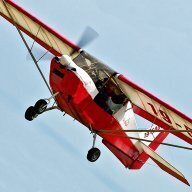
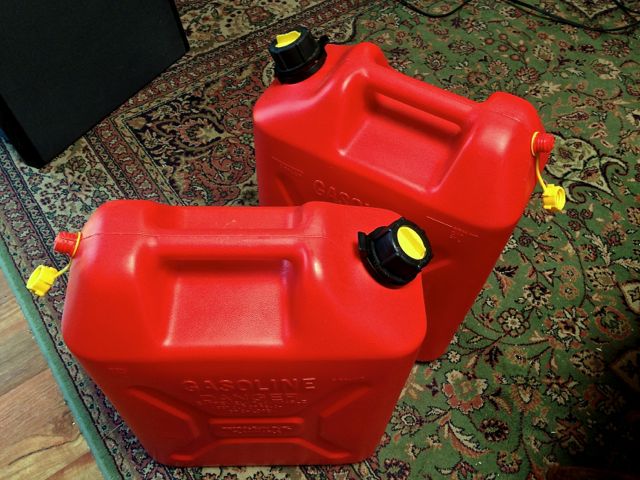

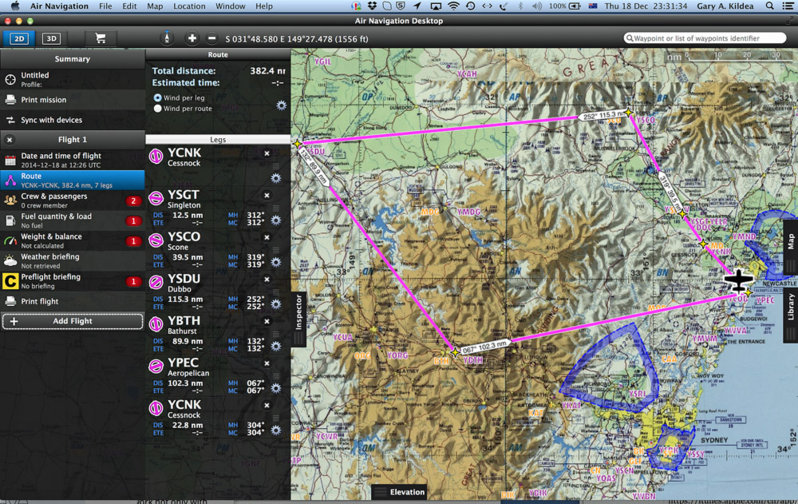
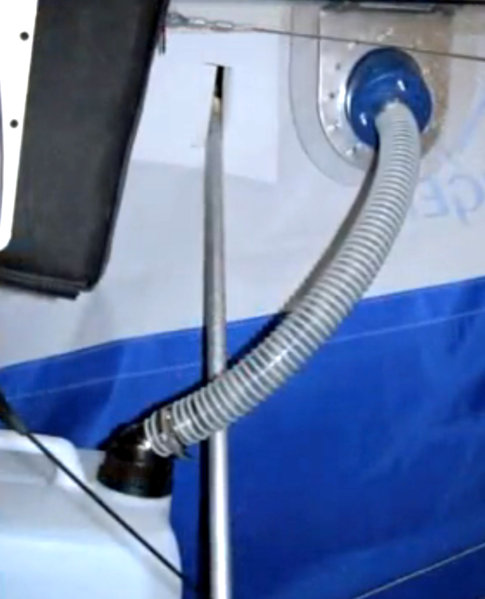
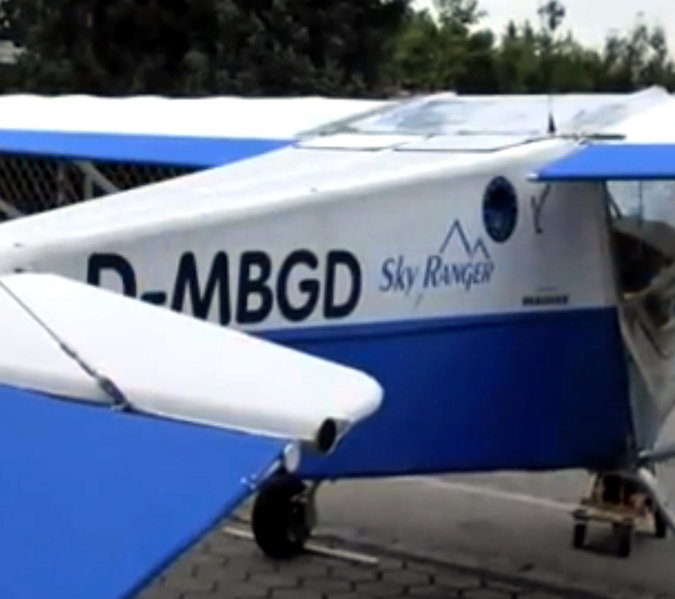
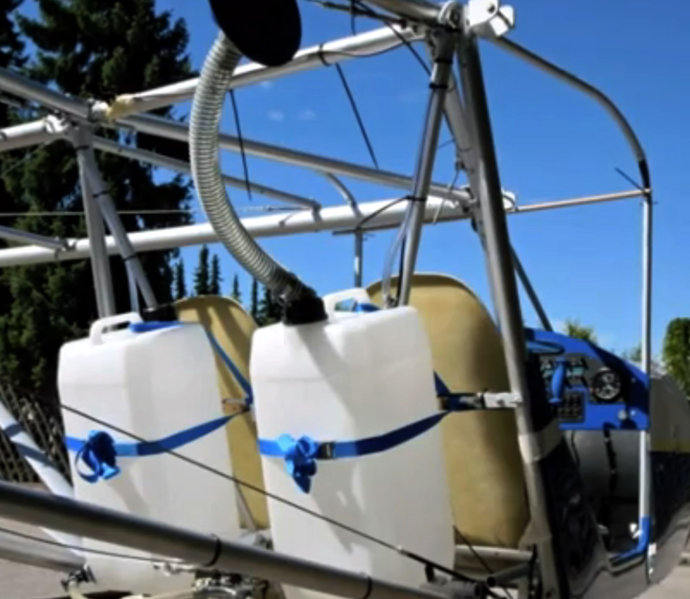
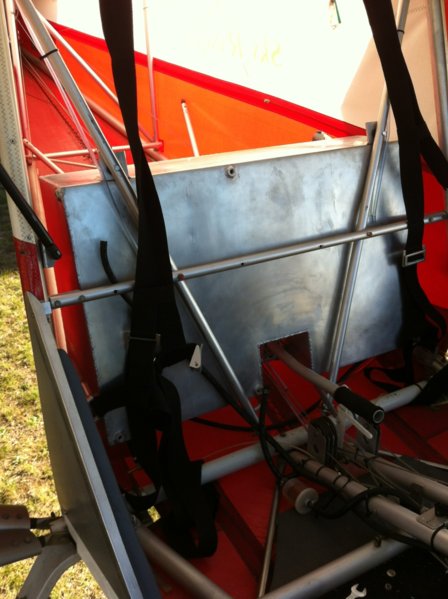
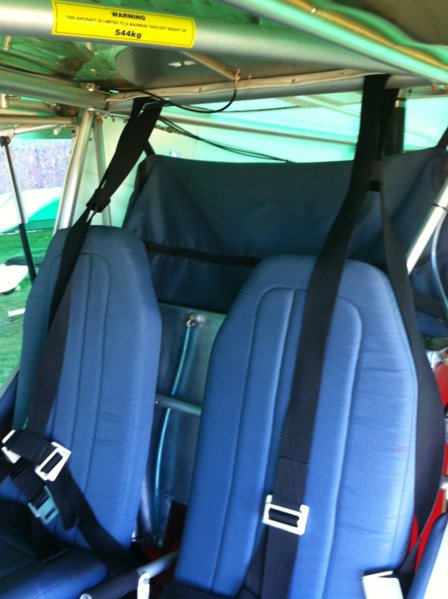
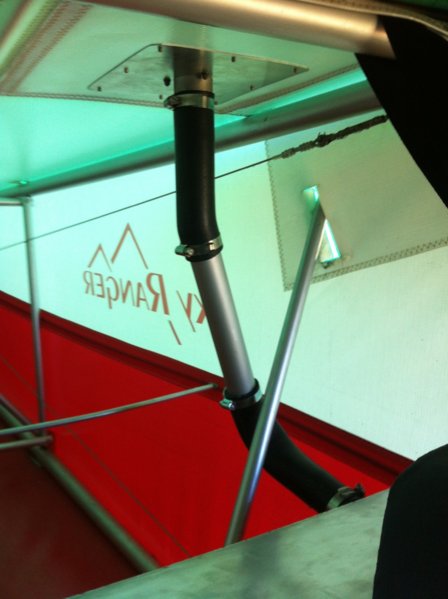
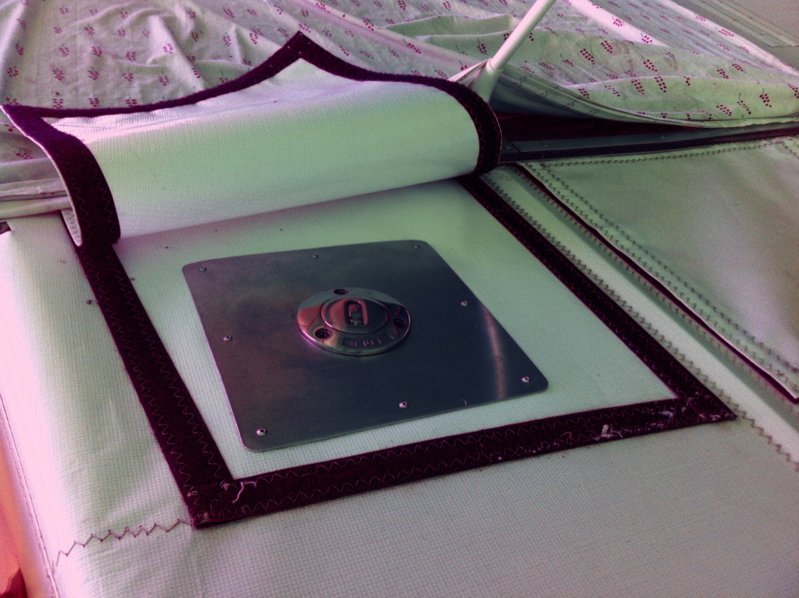
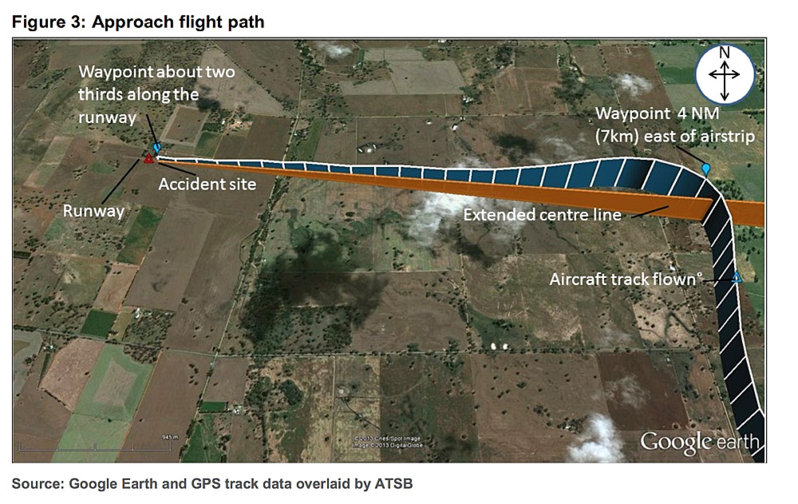
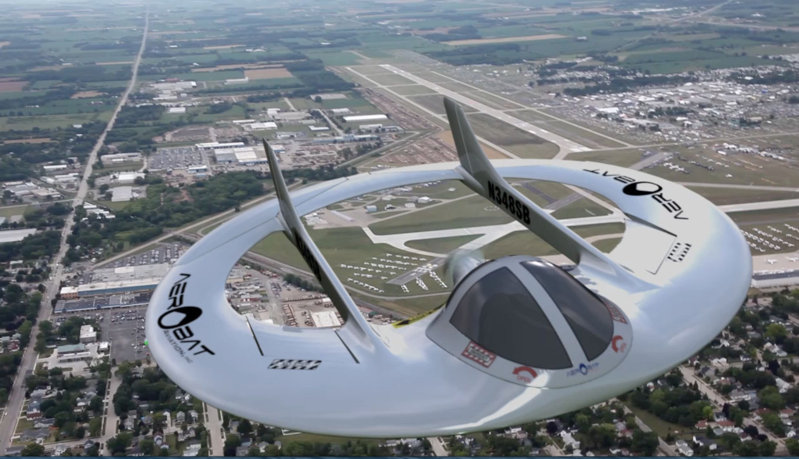

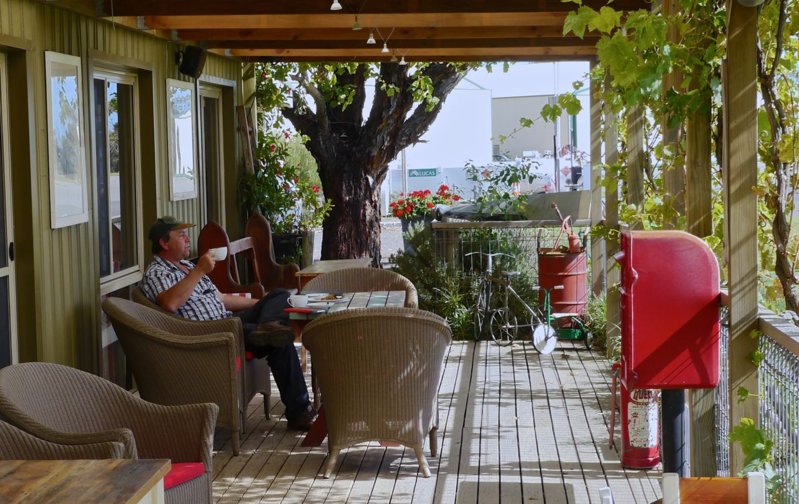

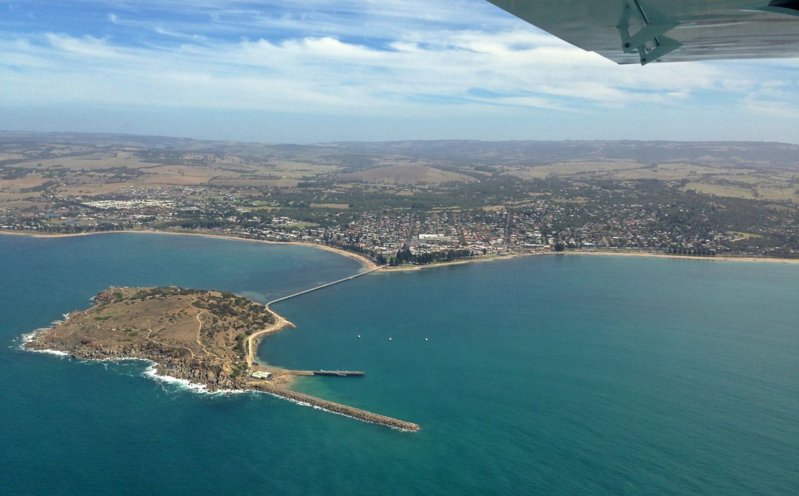



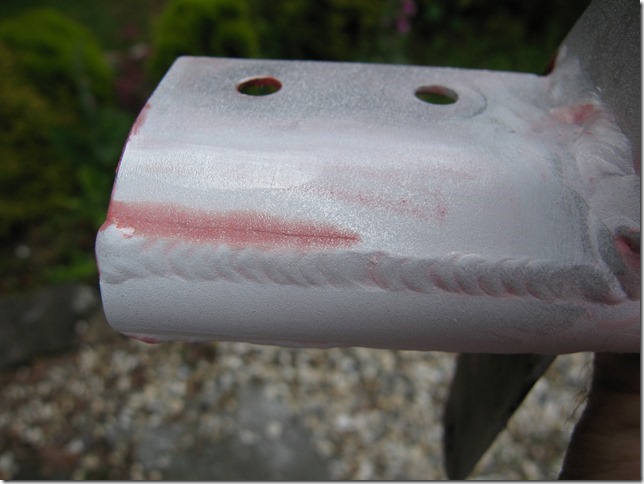
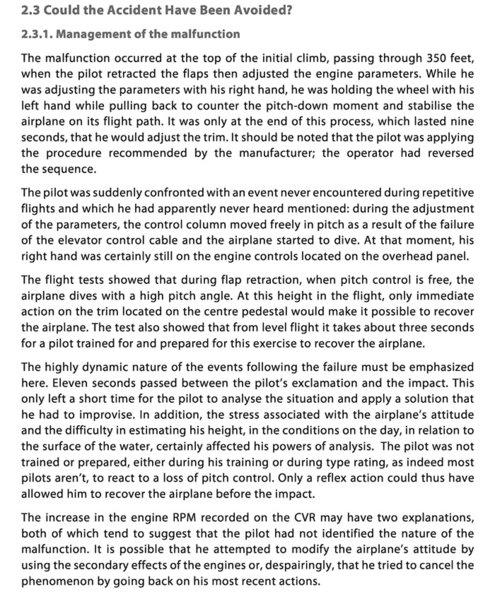
TBO or MTBF
in AUS/NZ General Discussion
Posted
Here's a discussion on the BMAA forum about Rotax 912 hours:
http://forums.bmaa.org/default.aspx?f=84&m=132786&g=132797#m132797